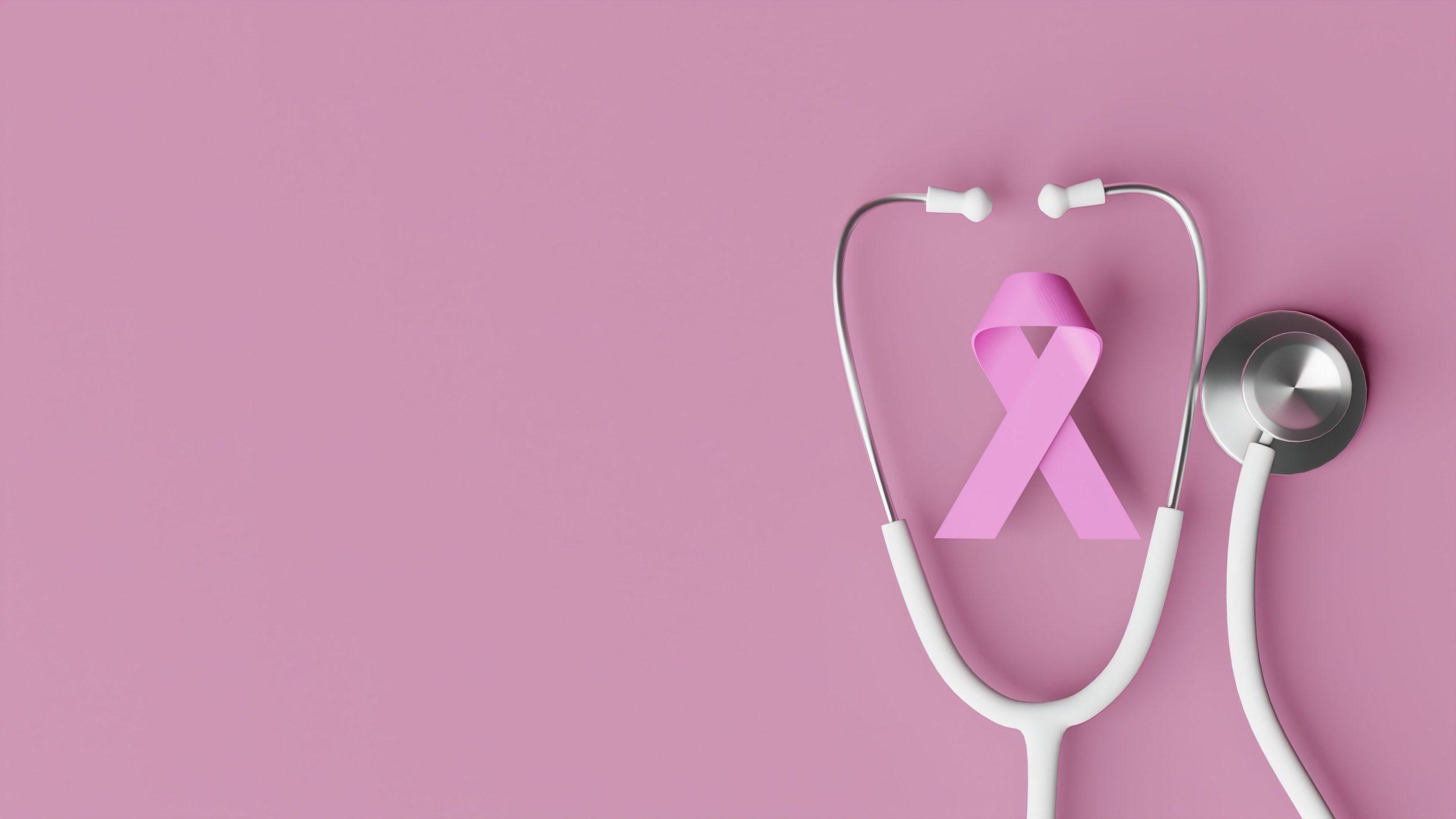Stroke Awareness: How to Detect and React to Warning Signs
Strokes are one of the most serious medical emergencies one can experience, impacting millions of people around the world each year. It can lead to lasting disability or death, but with the right knowledge and swift action, many strokes can be prevented or treated effectively. Knowing how to detect stroke symptoms and understanding the necessary steps to take when recognising a stroke can save lives and improve recovery outcomes.
Table of Contents
- Recognising a Stroke: The BEFAST Acronym
- Stroke Symptoms and Warning Signs
- Emergency Response to a Stroke
- Types of Strokes
- Stroke Risk Factors and Prevention
- Immediate Stroke Treatment
- Raising Stroke Awareness
- Conclusion
At Lenmed, we are committed to providing expert care for those affected by strokes and other critical medical events. Our newly opened Acute Rehabilitation Unit at Lenmed Ethekwini Hospital and Heart Centre offers comprehensive care for individuals recovering from strokes, spinal cord injuries, orthopaedic injuries, neurological disorders, cardiac conditions and more. This guide aims to raise stroke awareness by educating the public on stroke symptoms, prevention and the critical steps needed in an emergency.
Recognising a Stroke: The BEFAST Acronym
One of the most important tools for recognising a stroke quickly is the BEFAST acronym. This simple method helps individuals identify the most common stroke signs and act fast, ensuring that immediate stroke treatment is sought.
BEFAST stands for:
1. Balance
Look out for a loss of balance
2. Eyes
Loss of vision in one or both eyes.
3. Face
Ask the person to smile. Does one side of their face droop?
4. Arms
Ask the person to raise both arms. Does one arm drift downward or seem weak?
5. Speech
Ask the person to repeat a simple phrase. Is their speech slurred or strange?
6. Time
If you observe any of these stroke signs, time is critical. Call emergency services immediately.
Using the BEFAST acronym for strokes can dramatically increase the chances of survival and limit the extent of brain damage. Acting quickly is essential because the longer a stroke goes untreated, the more brain tissue is damaged.
Stroke Symptoms and Warning Signs
Strokes occur when blood flow to the brain is interrupted, either by a clot blocking an artery or a blood vessel bursting. Recognising a stroke quickly relies on being familiar with a wide range of stroke symptoms. In addition to the BEFAST indicators, other common stroke symptoms include:
- Sudden numbness or weakness in the face, arm or leg, especially on one side of the body
- Confusion or trouble understanding speech
- Difficulty seeing in one or both eyes
- Sudden trouble walking, dizziness or loss of balance
- Severe headache with no known cause
These stroke signs can appear suddenly and should be taken seriously. If you notice any of these symptoms in yourself or someone else, it is critical to seek an emergency response to the stroke immediately.
Emergency Response to a Stroke
When it comes to strokes, time is crucial. That means every minute counts when responding to symptoms. An emergency response to a stroke should include the following steps:
1. Call Emergency Services:
The first and most important action is to call emergency medical help immediately. Do not wait to see if symptoms improve.
2. Note the Time:
If possible, note when the stroke symptoms first appear. This information can be crucial for medical professionals to determine the best course of treatment.
3. Stay Calm and Offer Reassurance:
While waiting for help to arrive, ensure the person stays as comfortable as possible. Reassure them that help is on the way and avoid giving them anything to eat or drink.
Immediate stroke treatment is often most effective within the first few hours of symptom onset, so a fast response can dramatically improve the chances of recovery.
Types of Strokes
There are three main types of strokes, each of which requires different treatment approaches:
1. Ischaemic stroke
This is the most common type of stroke. which occur when a blood clot blocks a blood vessel in the brain, cutting off the blood supply to brain tissue. Quick treatment with clot-busting medications can help restore blood flow.
2. Haemorrhagic stroke:
This occurs when a blood vessel in the brain bursts, leading to bleeding in the brain. This type of stroke is often caused by high blood pressure or aneurysms.
3. Transient ischaemic attack (TIA):
Also known as a mini-stroke, a TIA occurs when there is a temporary blockage of blood flow to the brain. While the symptoms of a TIA usually resolve within a few minutes, it is a warning sign of a possible future stroke and should not be ignored.
Understanding the types of strokes is essential, as it highlights the importance of personalised treatment and prevention strategies.
Stroke Risk Factors and Prevention
While strokes can happen to anyone, certain stroke risk factors increase the likelihood of having one. These risk factors can be divided into two categories: modifiable and non-modifiable.
Non-Modifiable Risk Factors:
- Age
The risk of stroke increases as you get older, particularly after age 55.
- Gender
Men are more likely to have a stroke, but it is often fatal in women.
- Family history
A family history of strokes increases your risk.
- Previous stroke or TIA
A previous stroke or mini-stroke puts you at a higher risk of having another.
Modifiable Risk Factors:
- High Blood Pressure
Controlling blood pressure is one of the most effective ways to reduce your stroke risk.
- Smoking
Smoking damages blood vessels and increases the risk of clotting.
- High cholesterol
High cholesterol contributes to artery blockages that can lead to strokes.
- Diabetes
Managing diabetes can help reduce the risk of both strokes and heart disease.
- Obesity and lack of physical activity
Maintaining a healthy weight and staying active can significantly lower your risk of stroke.
- Diet
A balanced diet rich in fruits, vegetables and whole grains while low in salt and unhealthy fats can help prevent strokes.
By addressing these risk factors through lifestyle changes and medical interventions, stroke prevention is possible.
Immediate Stroke Treatment
When it comes to treating strokes, the goal is to restore blood flow to the brain as quickly as possible. For ischaemic strokes, clot-busting medications are often used, while haemorrhagic strokes may require surgery to stop the bleeding. Time is a critical factor in determining the effectiveness of treatment, which is why immediate stroke treatment can make all the difference. After receiving initial emergency care, stroke survivors often require rehabilitation to regain lost functions, such as speech or mobility.
The Lenmed Ethekwini Hospital and Heart Centre’s Acute Rehabilitation Unit provides specialised care for individuals recovering from strokes. The unit offers a multidisciplinary approach, ensuring each patient receives tailored therapy to improve their quality of life after a stroke.
Raising Stroke Awareness
Raising stroke awareness is essential in empowering individuals to take control of their health and act swiftly in an emergency. By knowing the stroke signs, understanding the risk factors and recognising the importance of a fast response, we can all contribute to reducing the number of strokes and improving outcomes for those affected.
Conclusion
Strokes are life-threatening events, but with the right knowledge and quick action, lives can be saved. Recognising a stroke by using the BEFAST acronym, understanding stroke symptoms and knowing when to seek emergency help are critical steps in improving stroke outcomes. Additionally, addressing stroke risk factors and promoting stroke prevention can help reduce the incidence of strokes in the long term.
At Lenmed, we are here to support you through every stage of stroke prevention, treatment and recovery. Our comprehensive care for individuals recovering from strokes ensures that they receive the best possible outcomes in their journey towards recovery. Remember, when it comes to strokes, every second counts. Stay informed, act fast and prioritise your health.
For more information, please contact:
Dr K Leshogo
Discipline: Neurologist
Hospital: Royal Hospital and Heart Centre
Telephone: +27 87 284 3945
And
Dr M Khan
Discipline: Neurologist
Hospital: Ethekwini Hospital and Heart Centre
Telephone: +27 31 581 2366
And
Dr KD Jivan
Discipline: Neurologist
Hospital: Ahmed Kathrada Private Hospital
Telephone: 087 087 8610
















